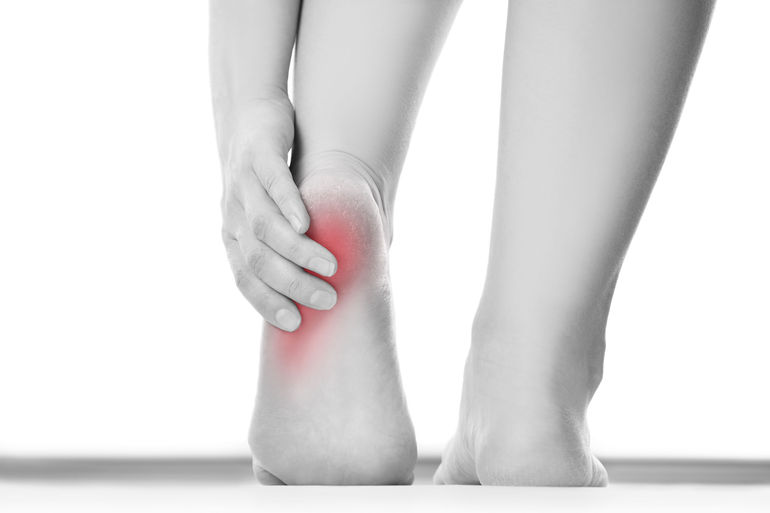The Centers for Advanced Orthopaedics is redefining the way musculoskeletal care is delivered across the region with locations throughout Maryland, DC, Virginia and Pennsylvania.
5 Tips for Dealing with Diabetic Foot Problems

If a doctor has ever said you had an elevated blood sugar level - even just once when you were pregnant - you are at risk for diabetes. About 15.7 million people (5.9 percent of the United States population) have the disease. Nervous system impairment (neuropathy) is a major complication that may cause you to lose feeling in your feet or hands. This means you won't know right away if you hurt yourself. The problem affects about 60 to 70 percent of people with diabetes.
Diabetic Foot Problems
Foot problems are a big risk in patients with diabetes. Like all diabetic people, you should monitor your feet. If you don't, the consequences can be severe, including amputation, or worse. If you find any injury -- no matter how slight -- don't try to treat it yourself. Go to a doctor right away.
Minor injuries become major emergencies before you know it. With a diabetic foot, a wound as small as a blister from wearing a shoe that's too tight can cause a lot of damage. Diabetes decreases your blood flow, so your injuries are slow to heal. When your wound is not healing, it's at risk for infection. As a diabetic, your infections spread quickly.
If you have diabetes, you should inspect your feet every day. Look for puncture wounds, bruises, pressure areas, redness, warmth, blisters, ulcers, scratches, cuts and nail problems. Get someone to help you, or use a mirror. Feel each foot for swelling. Examine between your toes. Check six major locations on the bottom of each foot: The tip of the big toe, base of the little toes, base of the middle toes, heel, outside edge of the foot and across the ball of the foot. Check for sensation in each foot. Call your doctor if your foot appears swollen or has changed shape.
Here's some basic advice for taking care of your feet:
- Wash your feet every day with mild soap and warm water. Test the water temperature with your hand first. Don't soak your feet. When drying them, pat each foot with a towel and be careful between your toes.
- Use quality lotion to keep the skin of your feet soft and moist - but don't put any lotion between your toes.
- Trim your toe nails straight across. Avoid cutting the corners. Use a nail file or emery board. If you find an ingrown toenail, see your doctor. Don’t use sharp instruments on your feet.
- Always keep your feet warm. Wear loose socks to bed. Don't get your feet wet in snow or rain. Wear warm socks and shoes in winter.
- Don't smoke or sit cross-legged. Both decrease blood supply to your feet.
Here's some basic advice about shoes and socks:
- Never walk barefoot or in sandals or thongs.
- Choose and wear your shoes carefully. Buy new shoes late in the day when your feet are larger. Buy shoes that are comfortable without a "breaking in" period.
- Choose socks and stockings carefully. Wear clean, dry socks.